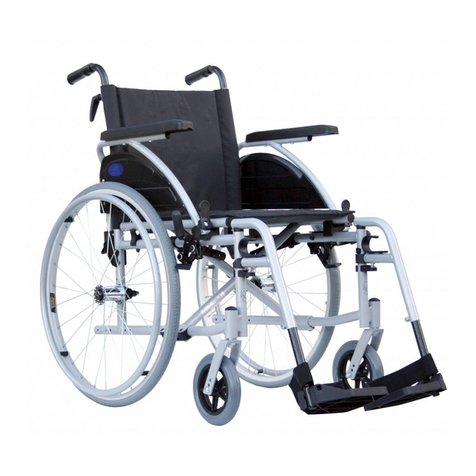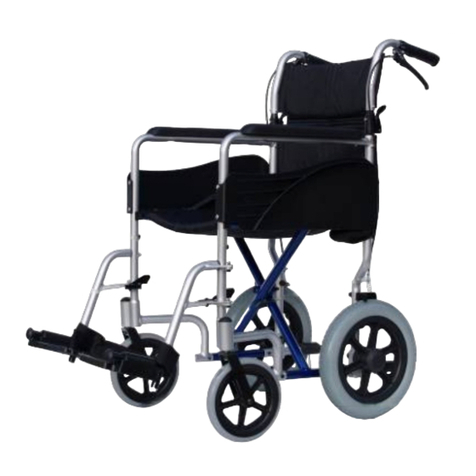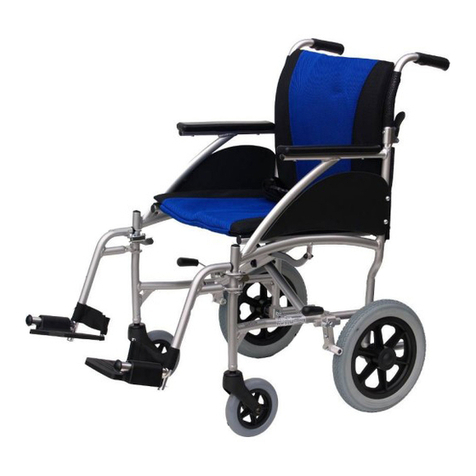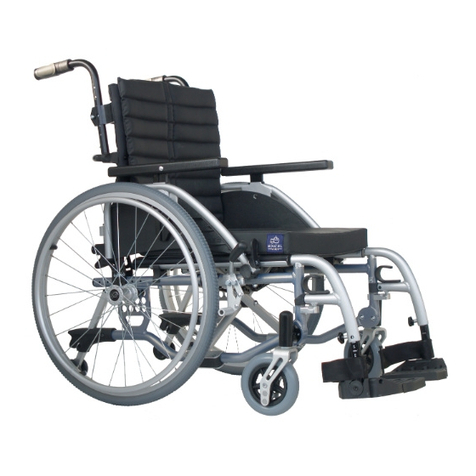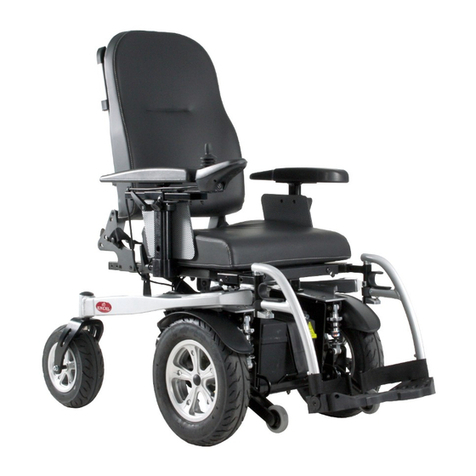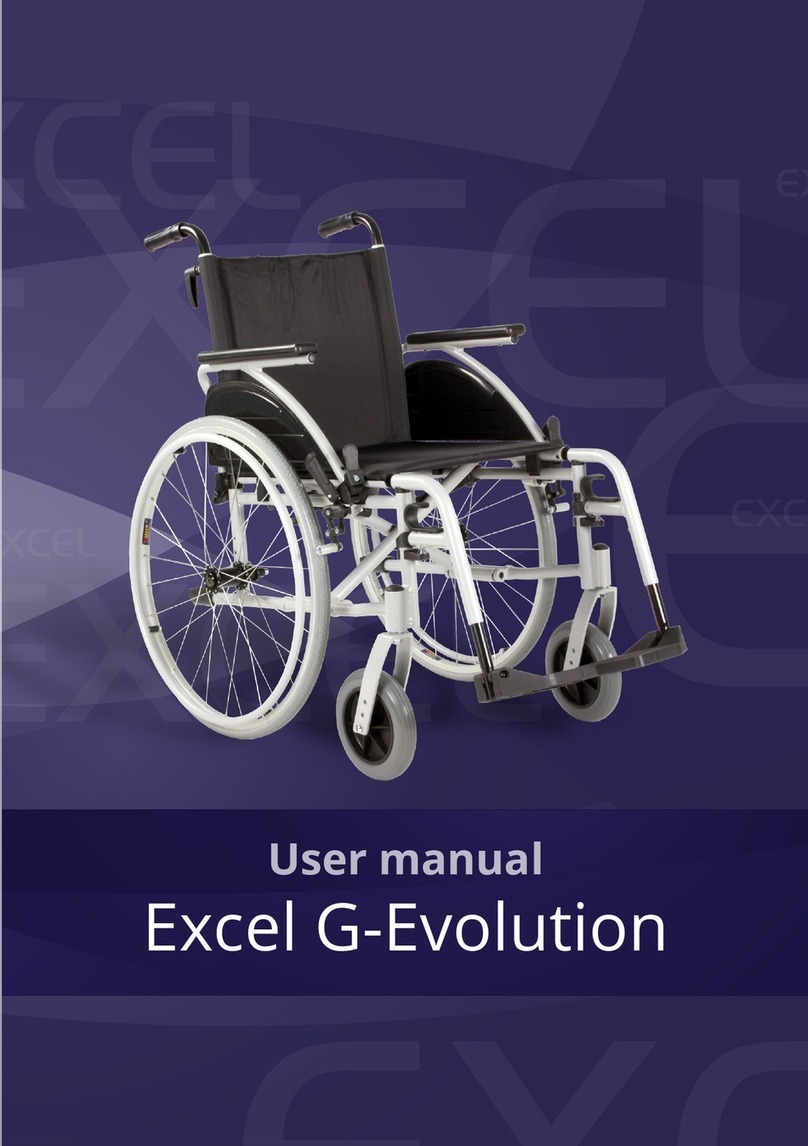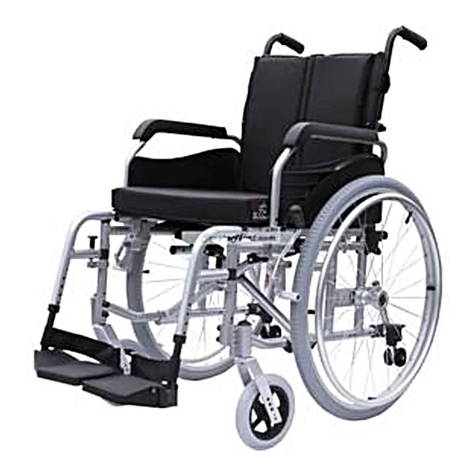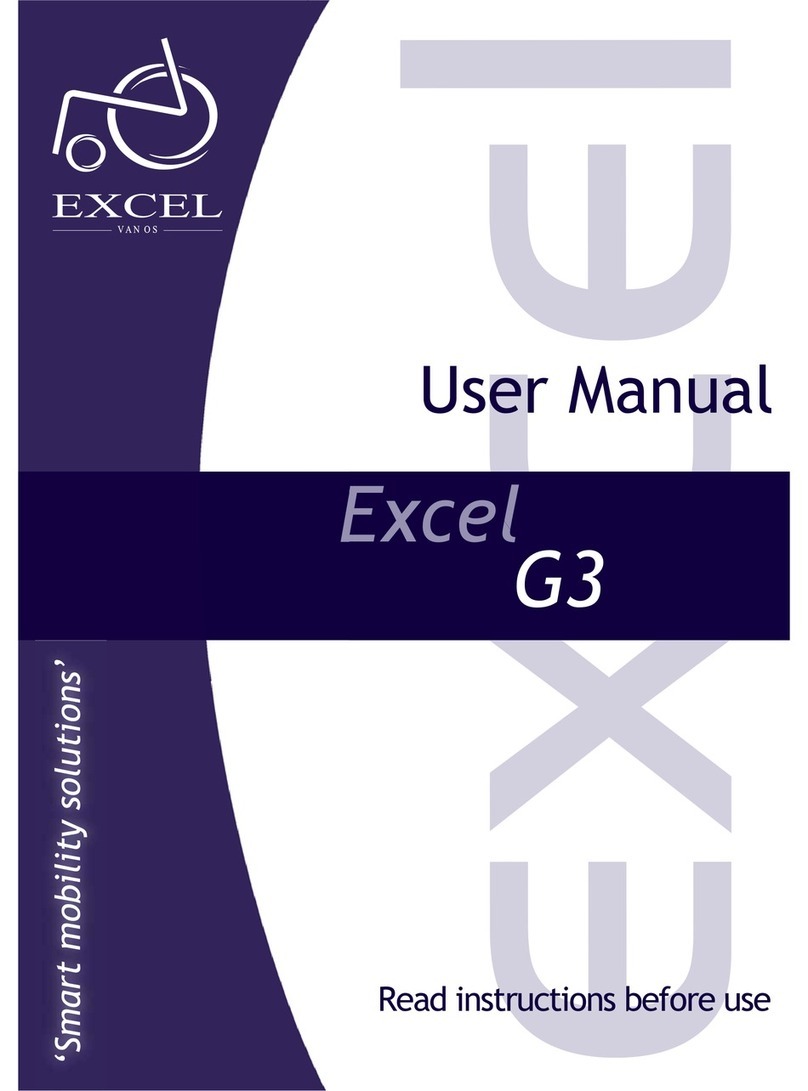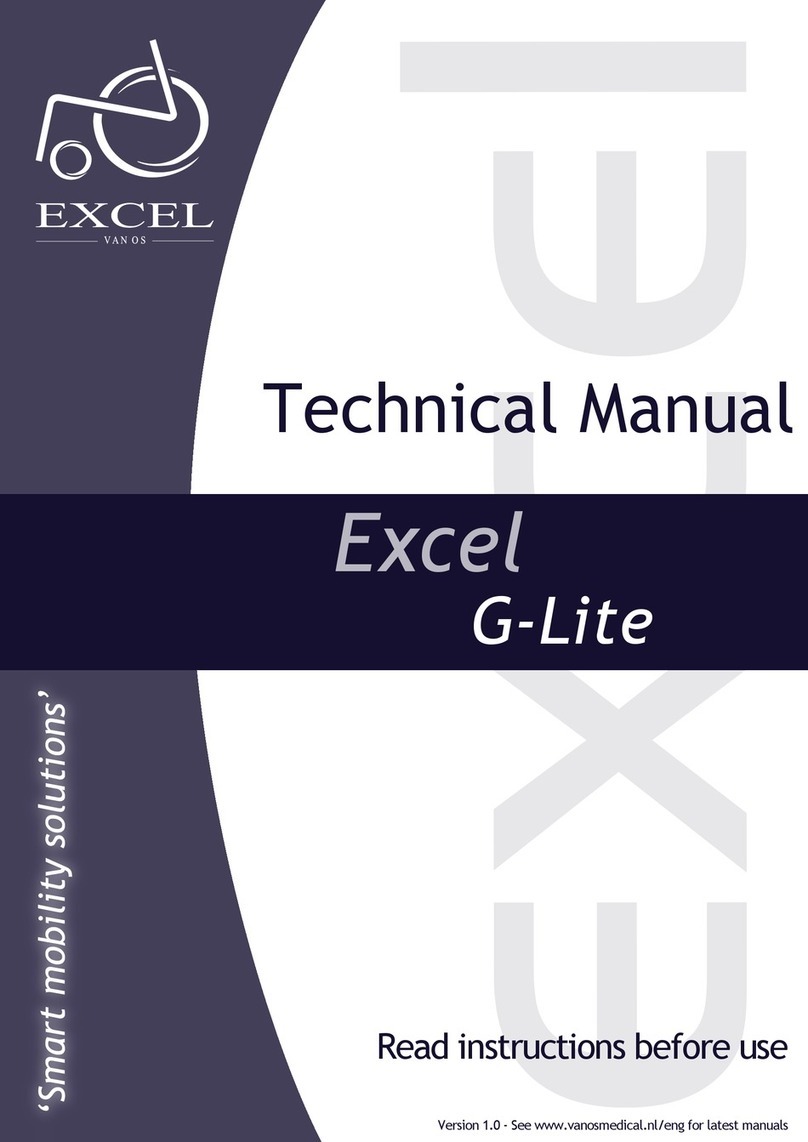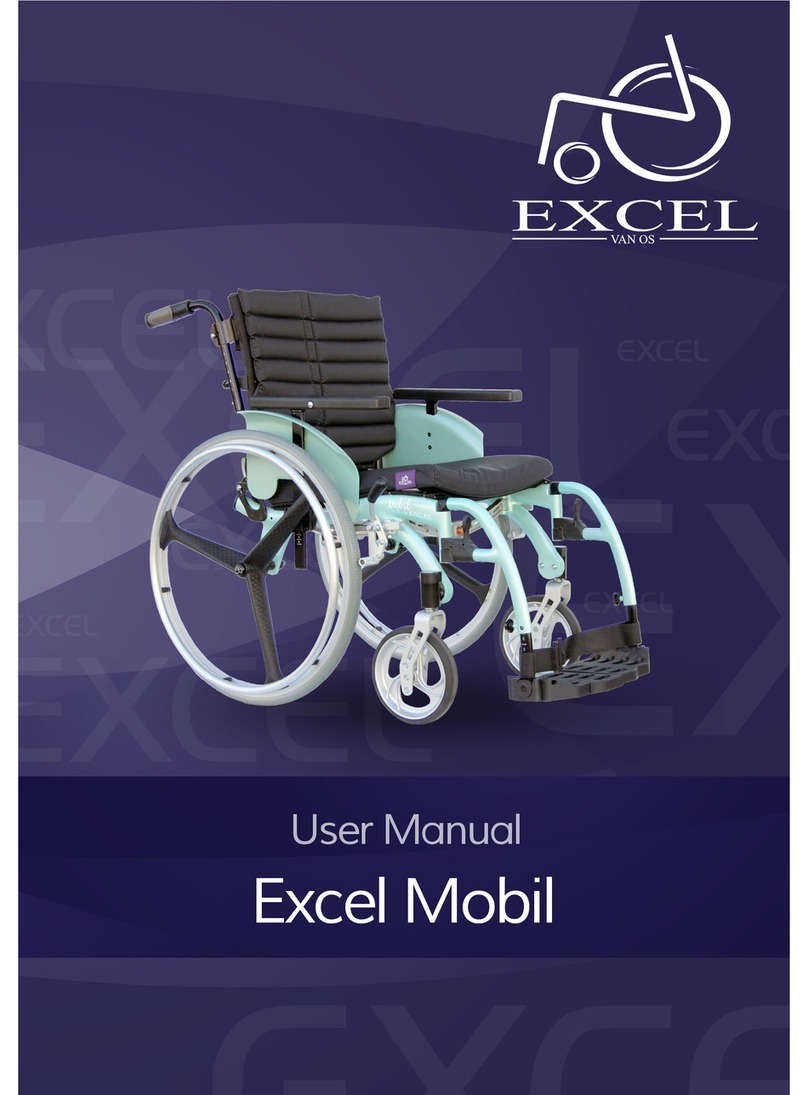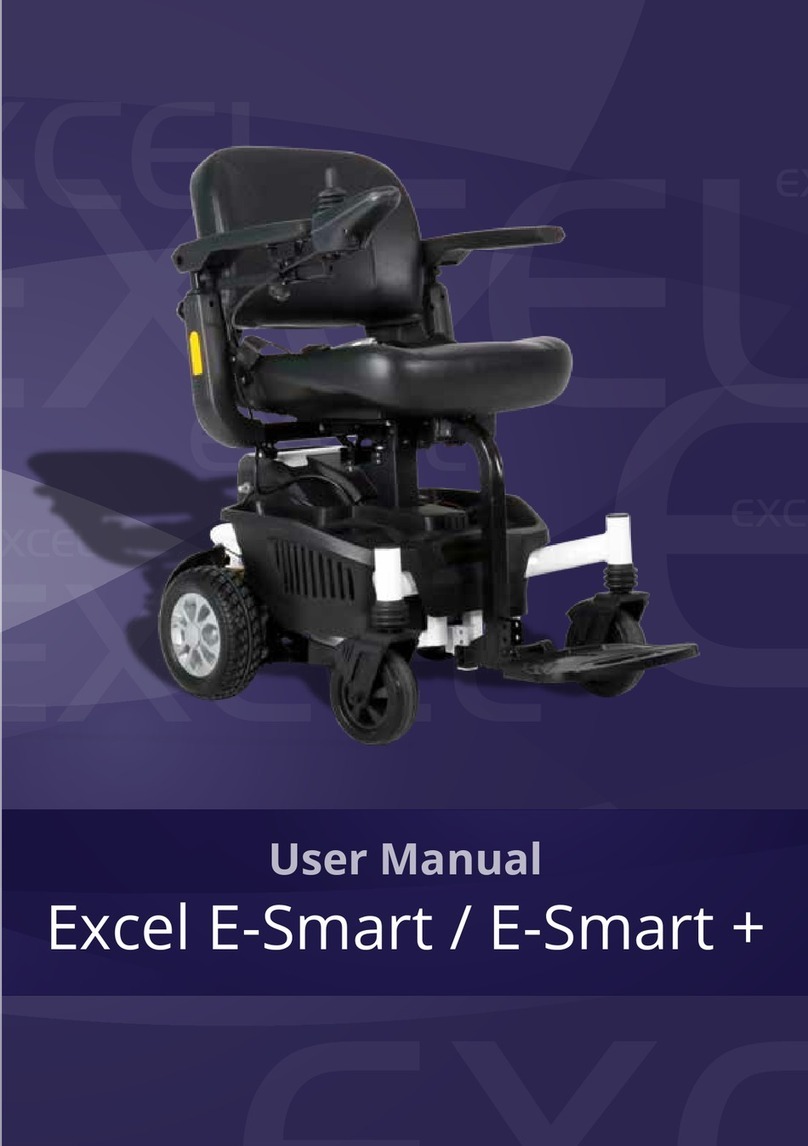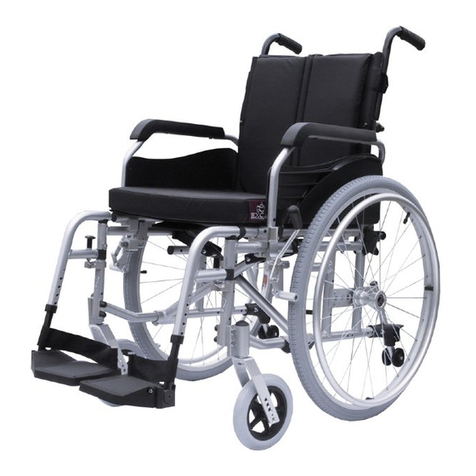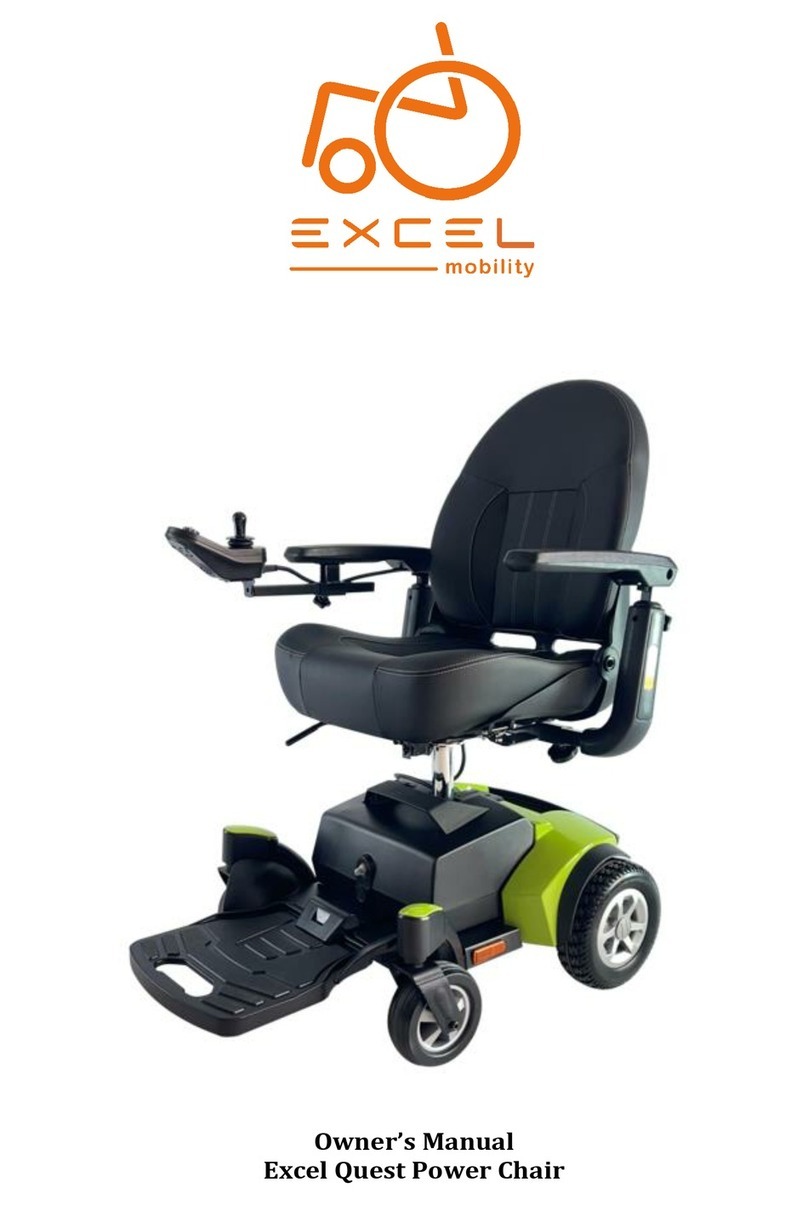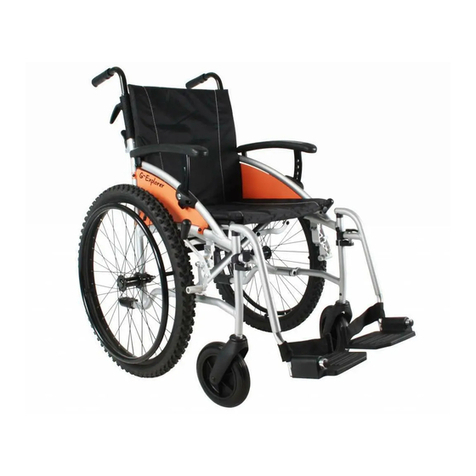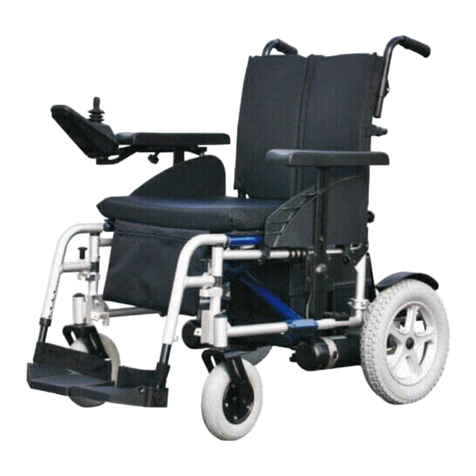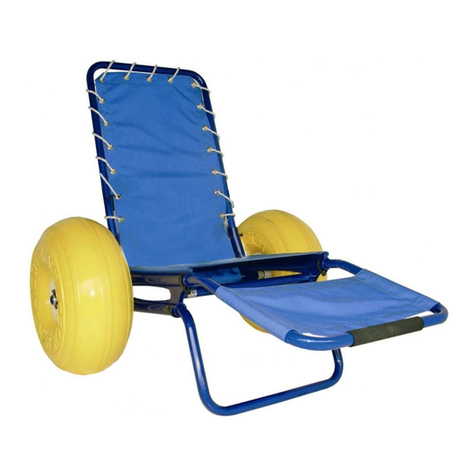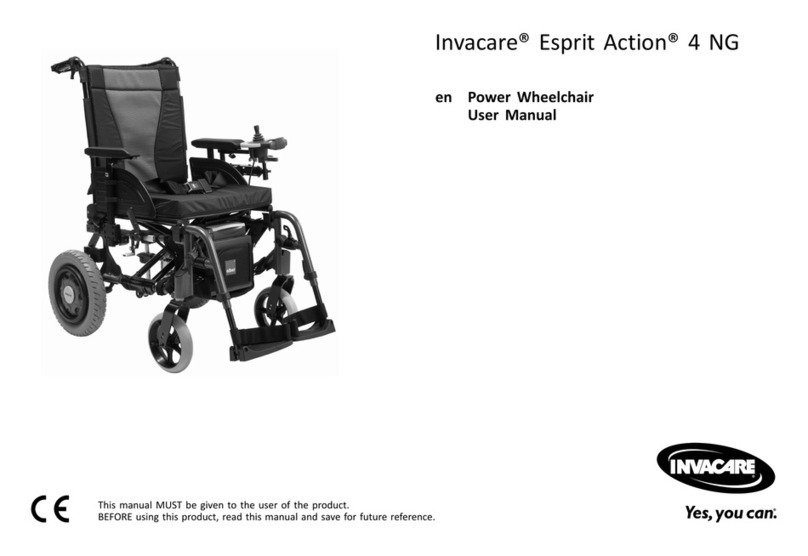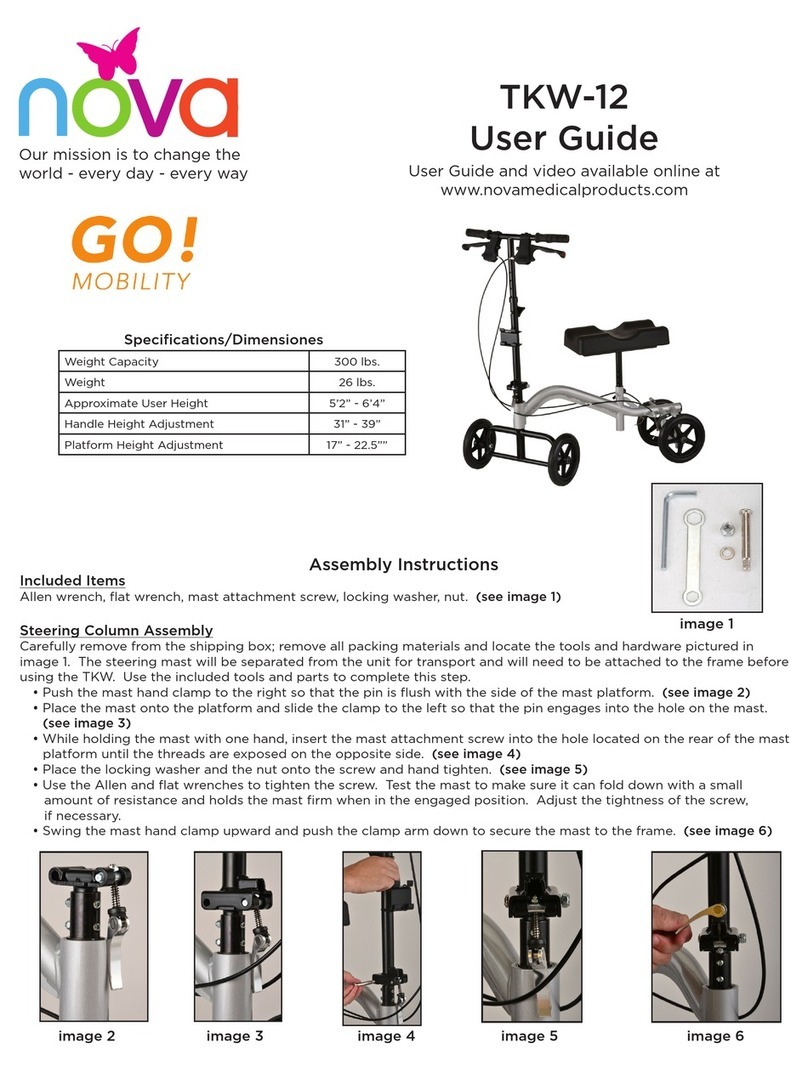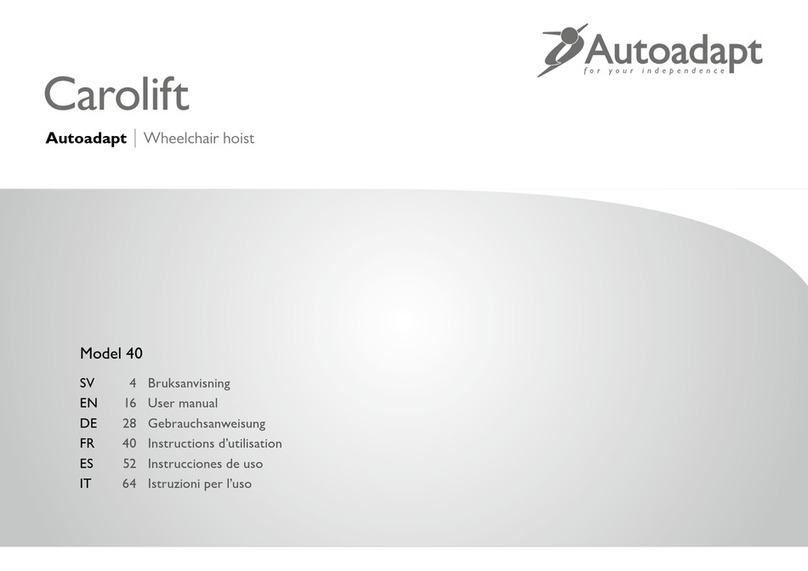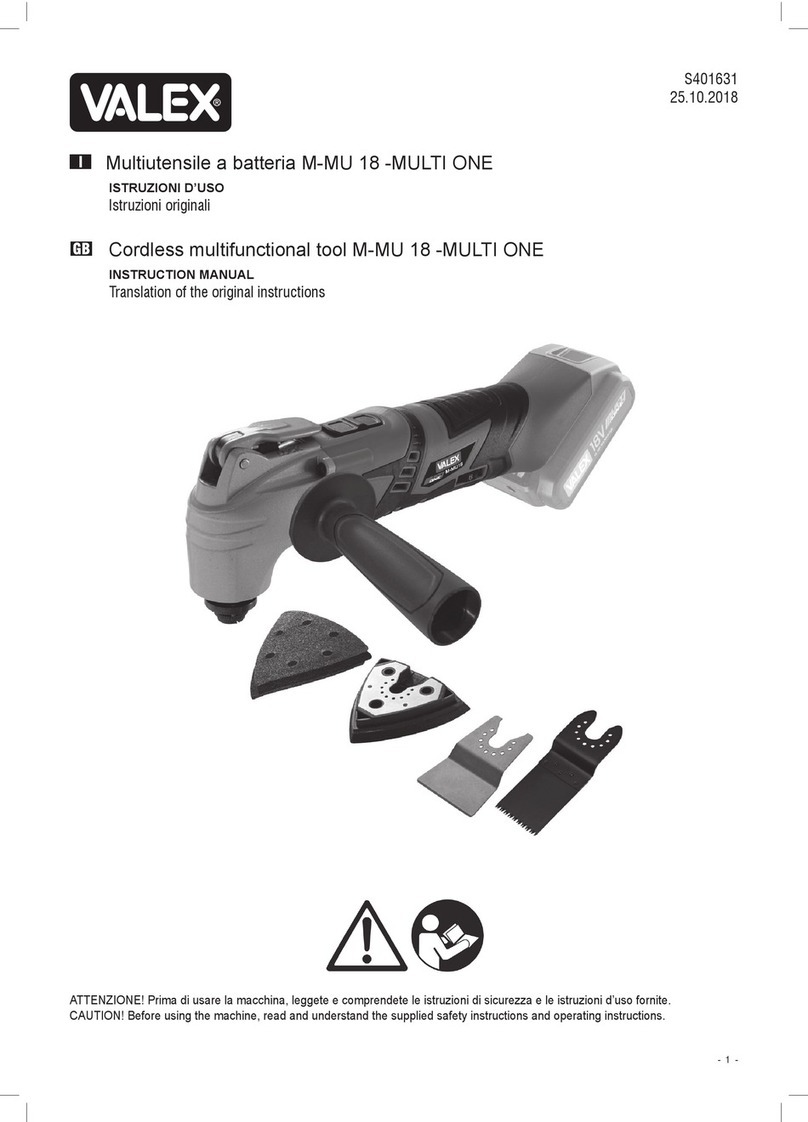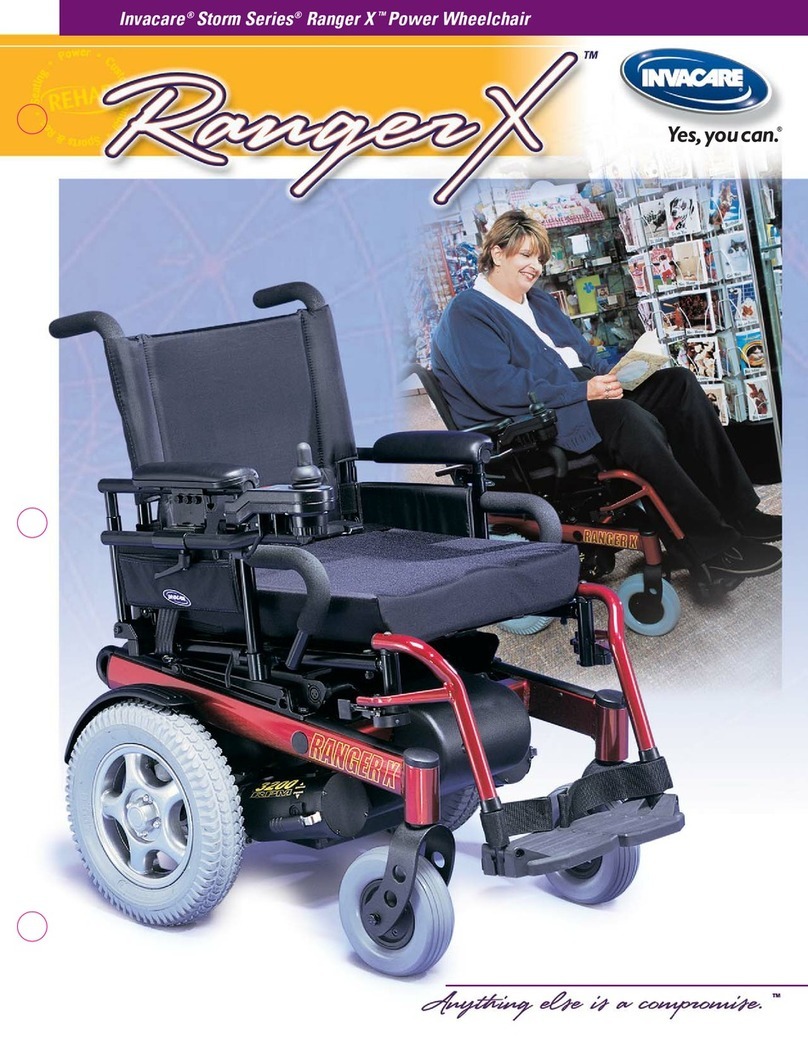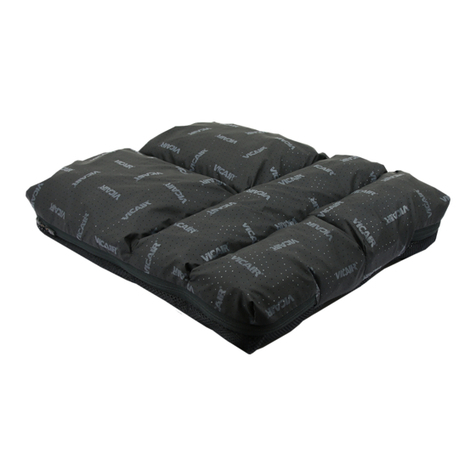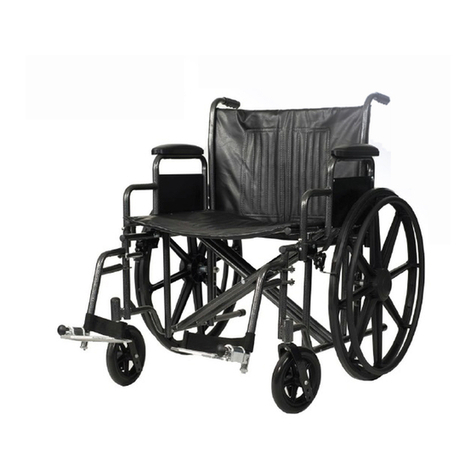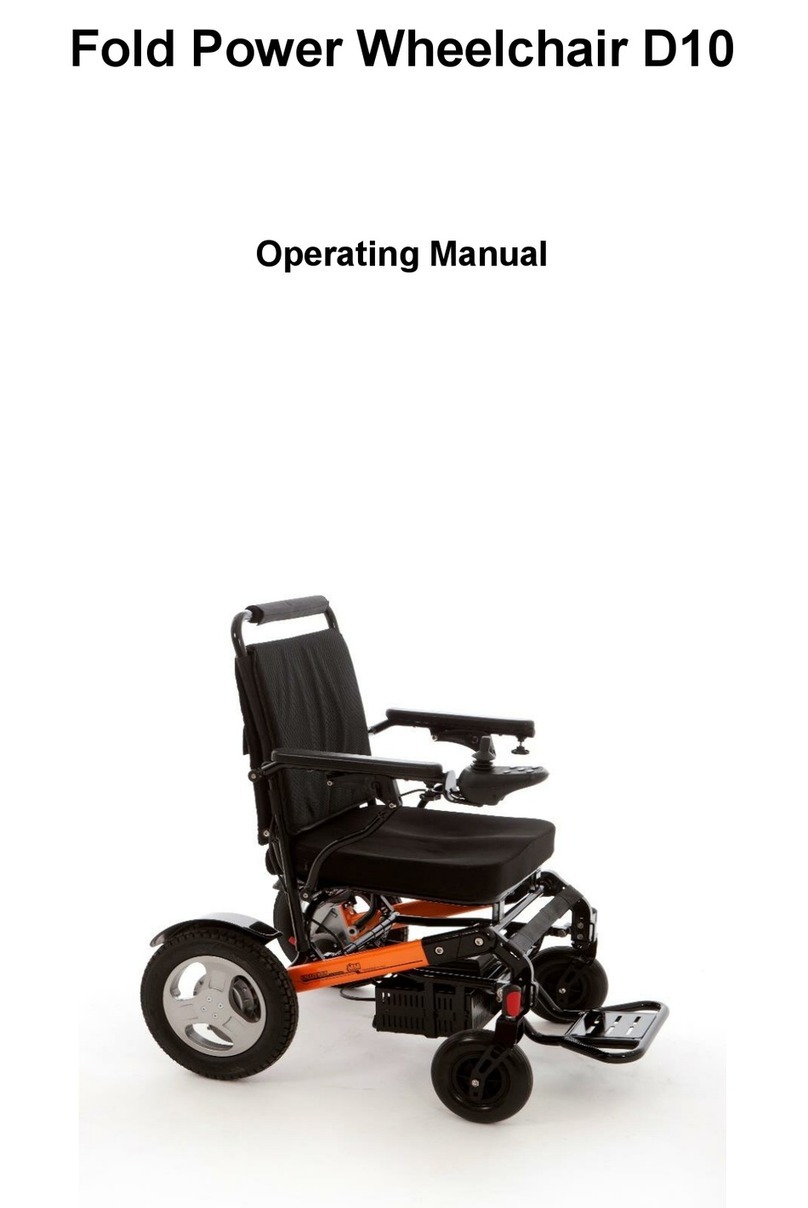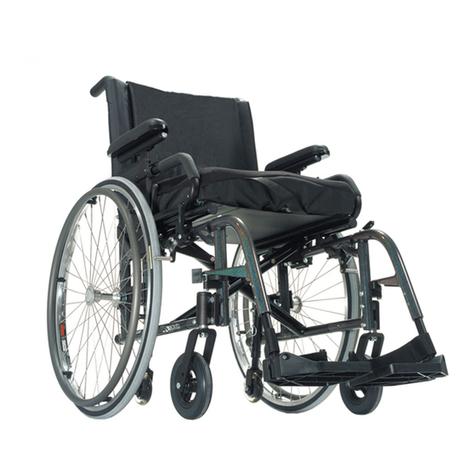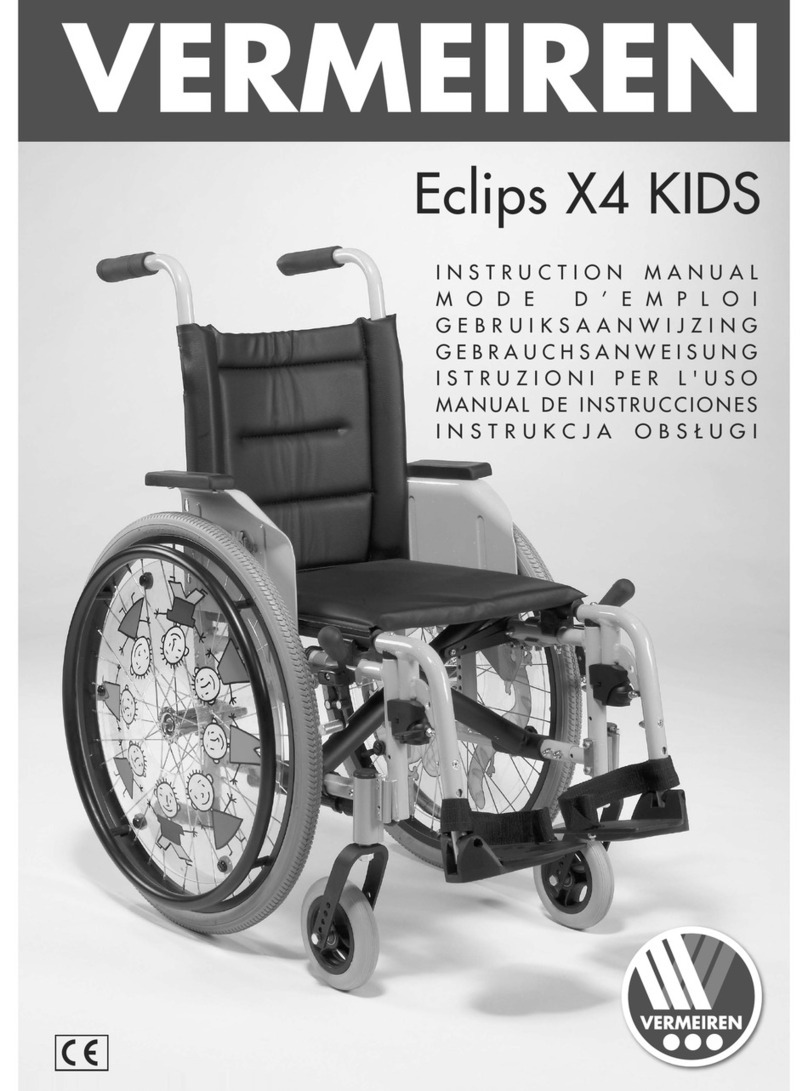
~ 2 ~
© 2010 VAN OS MEDICAL UK LTD.
Tel.
+44(0)1757
701
177,
Fax
+44(0)1757
7060
11,
E-mail:
sal[email protected]m, www.vanosmedical.com
Contents
1. IDENTIFICATION.................................................................................................................................................................. 3
2. GENERAL EXPLANATION CONCERNING YOUR WHEELCHAIR ............................................................................................... 4
2.1 COMPONENTS OF THE WHEELCHAIR ................................................................................................................................................... 4
2.2 GENERAL EXPLANATION OF THE FUNCTION AND POSSIBILITIES OF YOUR WHEELCHAIR ................................................................................... 4
3. SAFETY REGULATIONS ........................................................................................................................................................ 5
3.1 GENERAL SAFETY REGULATIONS......................................................................................................................................................... 5
3.2 WARNINGS FOR SAFE USE ................................................................................................................................................................ 5
4INSTRUCTIONS FOR USE...................................................................................................................................................... 7
4.1 SAFETY TIPS .................................................................................................................................................................................. 7
4.2 NEGOTIATING PAVEMENTS AND UNEQUAL SURFACES............................................................................................................................. 8
4.3 GOING UP AND DOWN RAMPS .......................................................................................................................................................... 9
4.4 GOING UP AND DOWN STAIRS ......................................................................................................................................................... 11
5INSTRUCTIONS FOR USE AND MOUNTING OPTIONS......................................................................................................... 12
5.1 TOOLS AND TECHNICAL INFORMATION .............................................................................................................................................. 12
5.2 OPENING AND CLOSING THE WHEELCHAIR ......................................................................................................................................... 12
5.3 USE OF THE FOOTPLATE AND FOOTREST ............................................................................................................................................ 13
5.4 USE OF THE CHILDREN’S ELEVATING LEGREST (OPTIONAL) ..................................................................................................................... 14
5.5 USING THE CALF PLATE CHILD WHEELCHAIR (OPTIONAL) ....................................................................................................................... 15
5.7 USING THE WHEELCHAIR BRAKE....................................................................................................................................................... 16
5.8 USING THE ARMREST..................................................................................................................................................................... 16
5.9 USING PUSH HANDLES ................................................................................................................................................................... 17
5.10 POTENTIAL USES AND FUNCTIONS OF THE BACK OF THE WHEELCHAIR .................................................................................................... 17
5.11 USING THE REAR WHEELS (TIRE TABLE)AND ANTI-TIP WHEELS ............................................................................................................. 18
5.12 USING ACCESSORIES AND OTHER OPTIONS ON YOUR WHEELCHAIR........................................................................................................ 19
6. TRANSPORT AND TRANSIT IN CAR .................................................................................................................................... 23
6.1 DE-ASSEMBLY.............................................................................................................................................................................. 23
6.2 ASSEMBLY .................................................................................................................................................................................. 23
7. MAINTAINENCE ................................................................................................................................................................ 23
7.1 TYRES ........................................................................................................................................................................................ 23
7.2 BRAKES ...................................................................................................................................................................................... 24
7.3 CROSS BRACE .............................................................................................................................................................................. 24
7.4 REAR WHEEL ............................................................................................................................................................................... 24
7.5 FRONT CASTOR AND FRONT CASTOR FORK ......................................................................................................................................... 24
7.6 UPHOLSTERY ............................................................................................................................................................................... 24
7.7 CLEANING................................................................................................................................................................................... 25
8. PROBLEM ANALYSIS AND SOLUTIONS............................................................................................................................... 25
9. WARRANTY....................................................................................................................................................................... 26
9.1 WARRANTY APPLICATION............................................................................................................................................................... 26
9.2 WARRANTY DEFINITION................................................................................................................................................................. 26
10. SERVICE AND MAINTENANCE........................................................................................................................................ 27
10.1 GENERAL MAINTENANCE INSTRUCTIONS.......................................................................................................................................... 27
10.2 SERVICE CHECKLIST ..................................................................................................................................................................... 28
